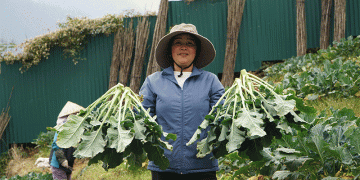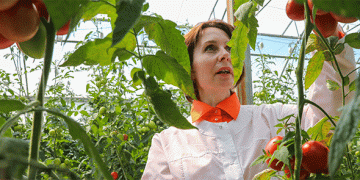In Poland, celery prices are maintaining unprecedented levels despite the usual seasonal fluctuations. Historically, wholesale celery prices follow a predictable pattern: a decline during the harvest season as supply increases, followed by stabilization. However, this year’s trends indicate a departure from the norm, with prices beginning on a much higher baseline and showing unusual mid-season increases.
Elevated Prices Despite Seasonal Decline
According to market data, wholesale prices for packaged, washed celery currently range from 2.2 to 3 PLN per kilogram. This represents a 24% increase over the already high prices recorded in the previous year. While prices initially dropped sharply until the first week of September, consistent with historical trends, they experienced a surprising rebound in mid-October before gradually declining again.
Factors Contributing to High Prices
- Weather-Related Challenges: Adverse weather conditions earlier in the growing season reduced yields, leading to a tighter supply. Unpredictable weather patterns in Poland and across Europe have impacted celery production, with fewer high-quality crops entering the market.
- Increased Production Costs: Rising input costs, including fertilizers, labor, and energy, have added pressure to producers. These increased costs have been passed down the supply chain, contributing to higher wholesale prices.
- Regional and Global Demand: Demand for Polish celery remains strong, especially from international markets, where it is valued for its quality. This demand has further tightened the domestic supply.
Implications for Farmers and Consumers
For Polish farmers, the elevated prices present both opportunities and challenges. While they can capitalize on higher market rates, smaller producers may struggle with the rising costs of production. For consumers, these record-high prices may lead to reduced affordability and demand, particularly in export markets sensitive to price changes.
The sustained high prices of celery in Poland underline the complex interplay of local and global agricultural dynamics. As input costs and weather variability continue to shape production, farmers and stakeholders will need to adapt to these changing conditions to ensure market stability and profitability.































